Southern California Close-Ups: Wilshire to West Hollywood
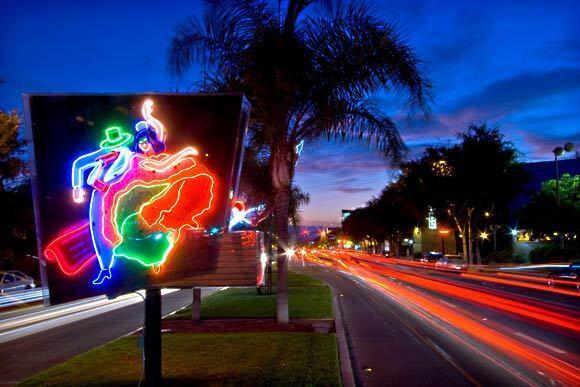
Neon artwork stands along Santa Monica Boulevard presented by West Hollywood in collaboration with the Museum of Neon Art. The work is a part of four neon displays called “On Route 66 Lights.” Along this street, you’ll find nightclubs and restaurants with names such as FUBAR and Mother Lode (Ricardo DeAratanha / Los Angeles Times)
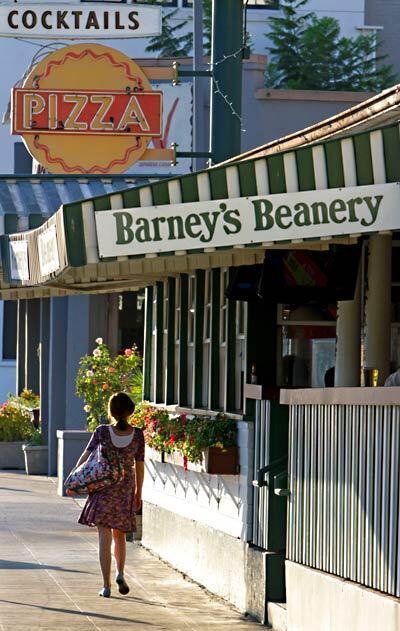
If you believe every story about the original Barneys Beanery (8447 Santa Monica Blvd.), then Jim Morrison was ejected for public urination,
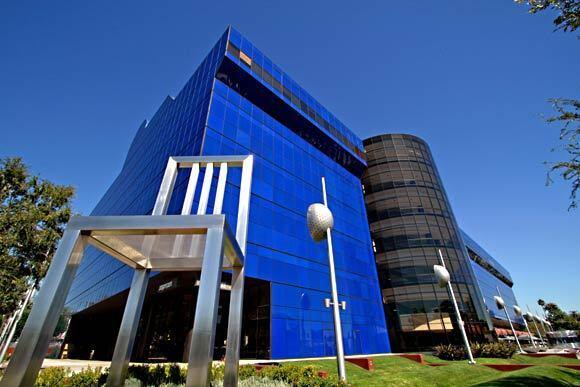
The Pacific Design Center features restaurants, furniture showcases and a wing of the Museum of Contemporary Art. (Ricardo DeAratanha / Los Angeles Times)
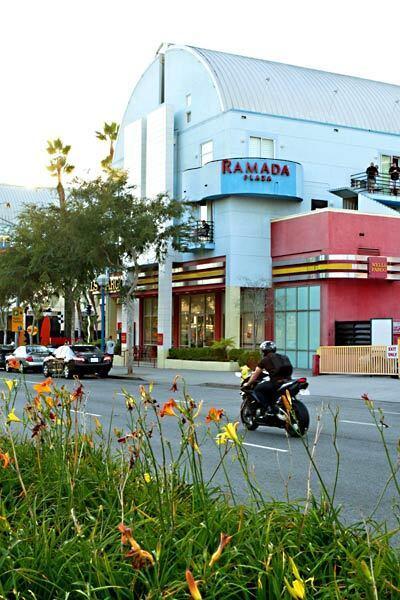
The Ramada Plaza Hotel along Santa Monica Boulevard has rooms for less than $200 a night. (Ricardo DeAratanha / Los Angeles Times)
Advertisement
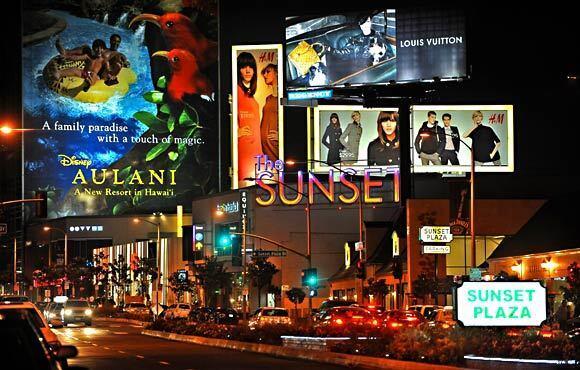
The Sunset Strip has action and pop-culture history, so people come. Its where
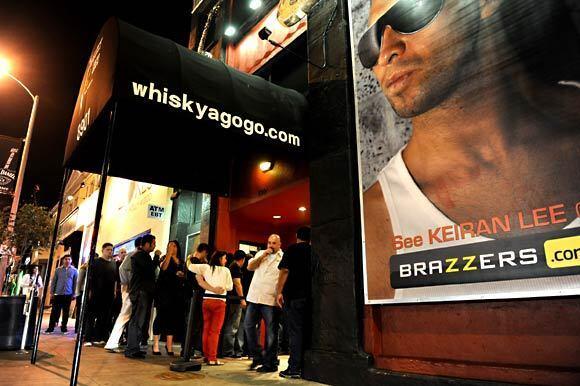
Customers stand in line outside the Whiskey a Go-Go along Sunset Boulevard. (Wally Skalij / Los Angeles Times)
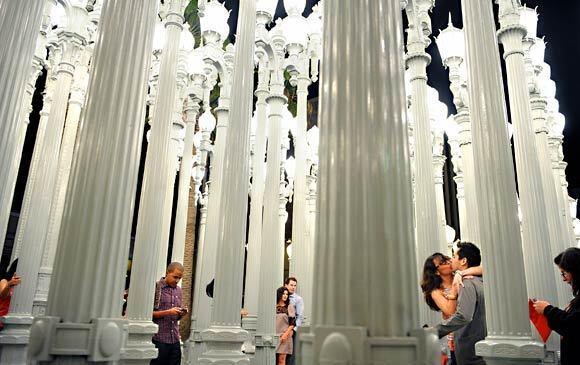
Urban Light by Chris Burden is assembled out of 202 street lamps. It stands in front of the museum. (Wally Skalij / Los Angeles Times)
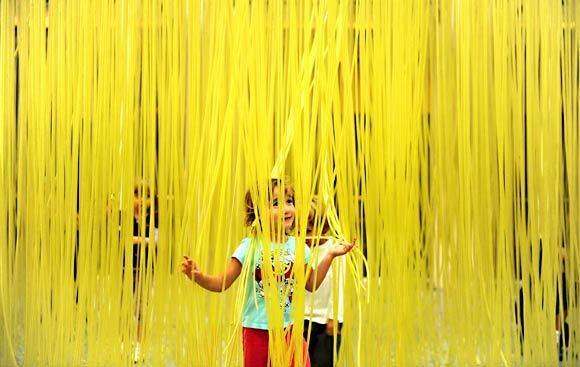
A girl walks through Jesús Rafael Soto’s “Penetrable,” an installation made of plastic hoses. (Wally Skalij / Los Angeles Times)
Advertisement
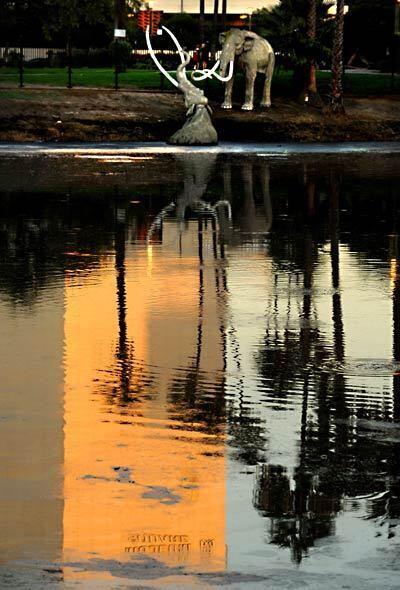
A high-rise building is reflected in the La Brea Tar Pits on Wilshire Boulevard. (Wally Skalij / Los Angeles Times)
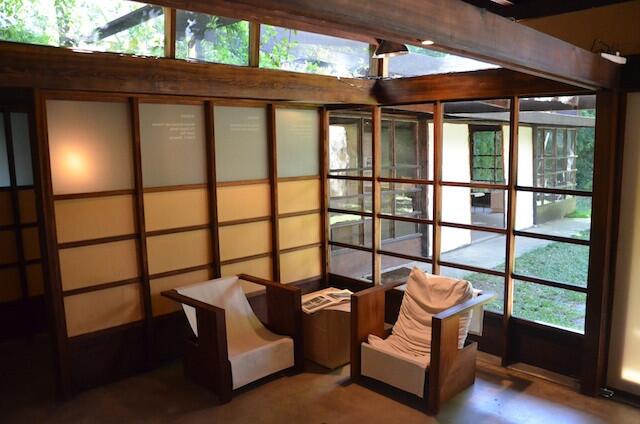
For insight into Modernist pioneer and L.A. emigre Rudolph Schindler, check out the bare walls and simple geometry of the MAK Center for Art and Architecture (a.k.a. the Schindler House, 835 N. Kings Road, West Hollywood; www.makcenter.org), which he designed as a two-family home in the 1920s. (Christopher Reynolds / Los Angeles Times)
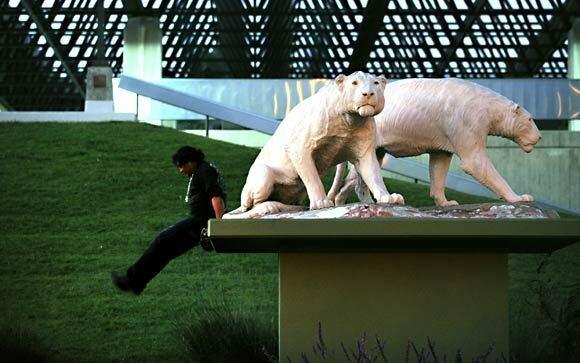
Dont miss the indoors part of the Page Museum. The Page people have thrown open their paleontology lab (like an open kitchen, but with more bones and less meat). Theyve also put together displays to make a kids jaw drop. The foot bones of 500 golden eagles. A wall of 404 dire wolf skulls. A mechanical saber-toothed cat about to take down a sloth. (Wally Skalij / Los Angeles Times)
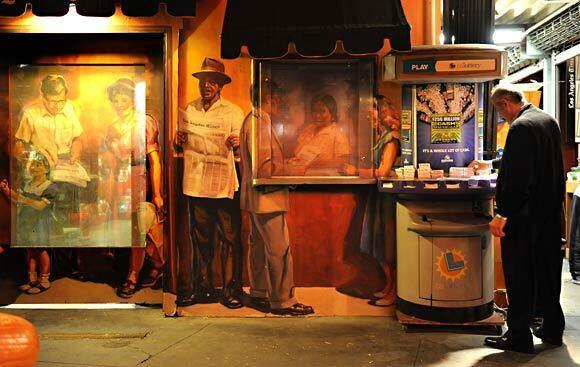
Farmers Market, at 3rd and
Advertisement
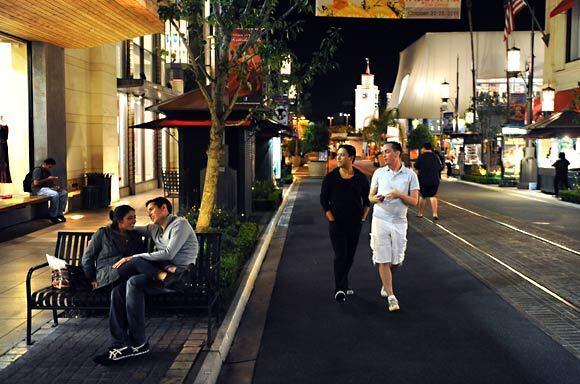
The Grove is a masterwork of
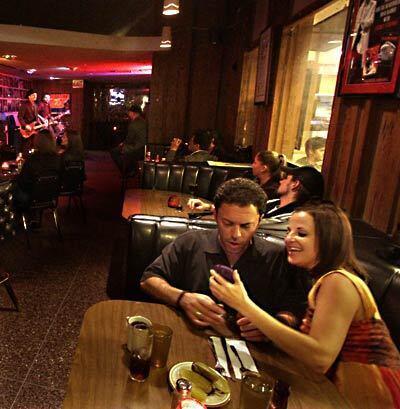
Canters Deli stays open all night, goes back to 1931, anchors the Jewish business district along North
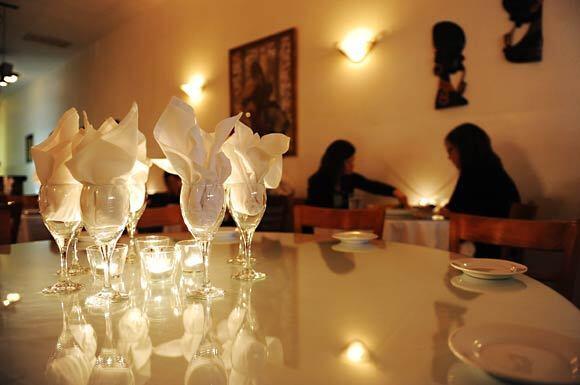
Diners eat at Meals by Genet in Little Ethiopia. (Wally Skalij / Los Angeles Times)
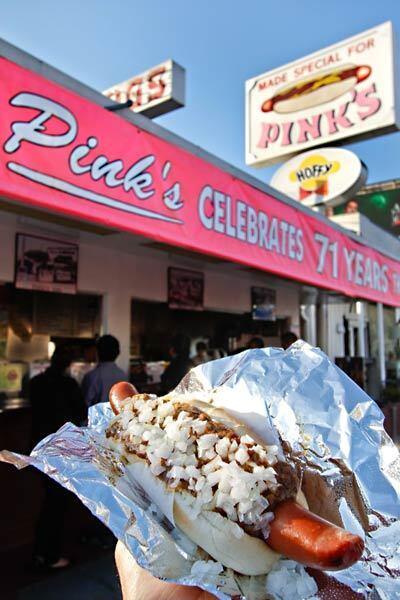
The original Pinks is a hot dog haven founded in 1939 by Paul and Betty Pink. (Ricardo DeAratanha / Los Angeles Times)
Advertisement
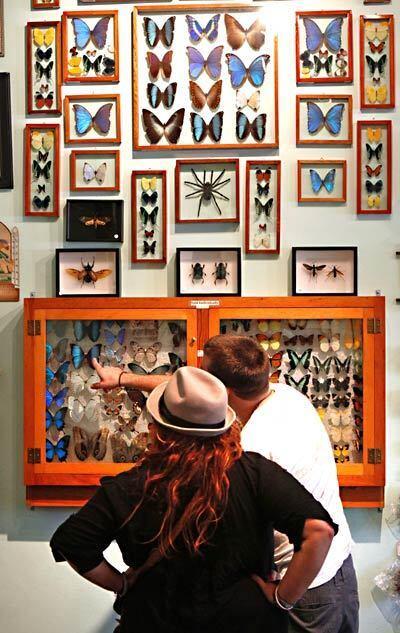
Necromance sells natural history curios. (Ricardo DeAratanha / Los Angeles Times)
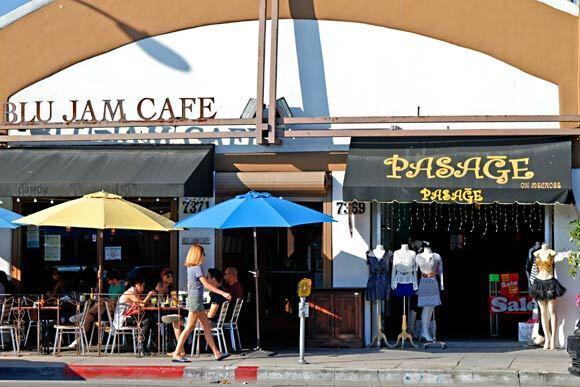
The popular shopping destination includes Blu Jam Cafe and Pasage. (Ricardo DeAratanha / Los Angeles Times)
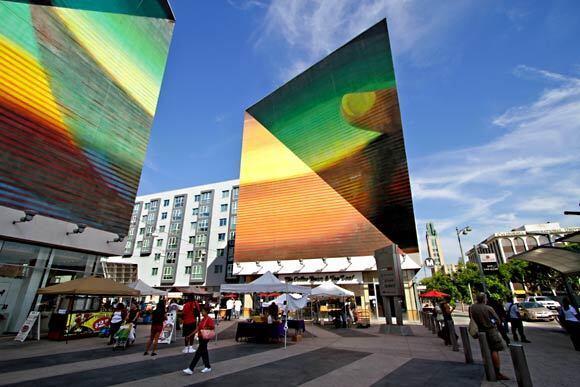
Koreatown was born in the 1970s as Korean immigrants settled in the area along Olympic and Wilshire boulevards between Vermont and Western avenues. It has grown into an equal-opportunity night-life zone, frequented by USC and UCLA students and grads, lighted by electronic billboards and fed by all-you-can-eat barbecue joints and trendy food trucks that mingle Korean and Mexican flavors. (Ricardo DeAratanha / Los Angeles Times)
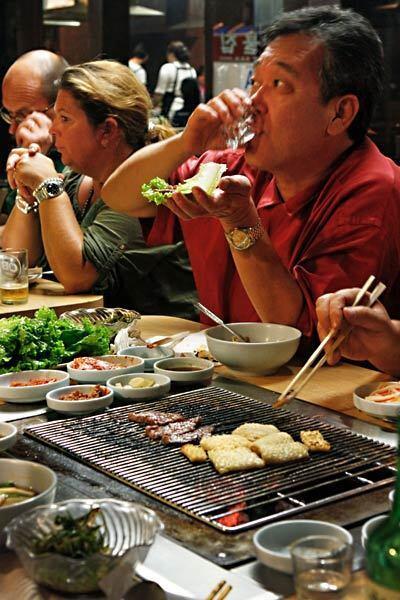
Patrons dine at Soot Bull Jeep (3136 W. 8th St.), where the interior may remind you of jail but the short ribs and Spencer steaks (which sizzle on a grill at your table) will emancipate your taste buds. (Ricardo DeAratanha / Los Angeles Times)
Advertisement
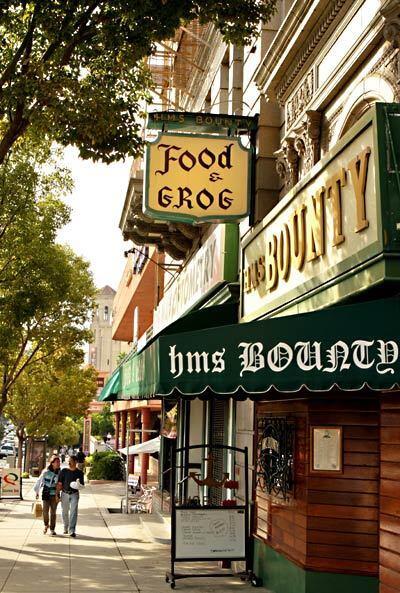
The HMS Bounty, an English nautical mutineer bar and grill. (Ricardo DeAratanha / Los Angeles Times)
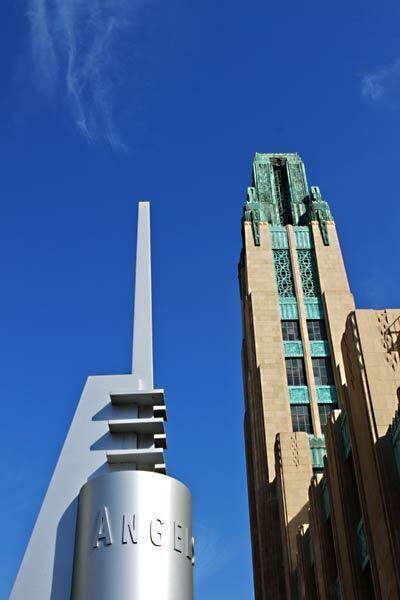
The old Art Deco Bullocks Wilshire building is now occupied by Southwestern Law School. (Ricardo DeAratanha / Los Angeles Times)



